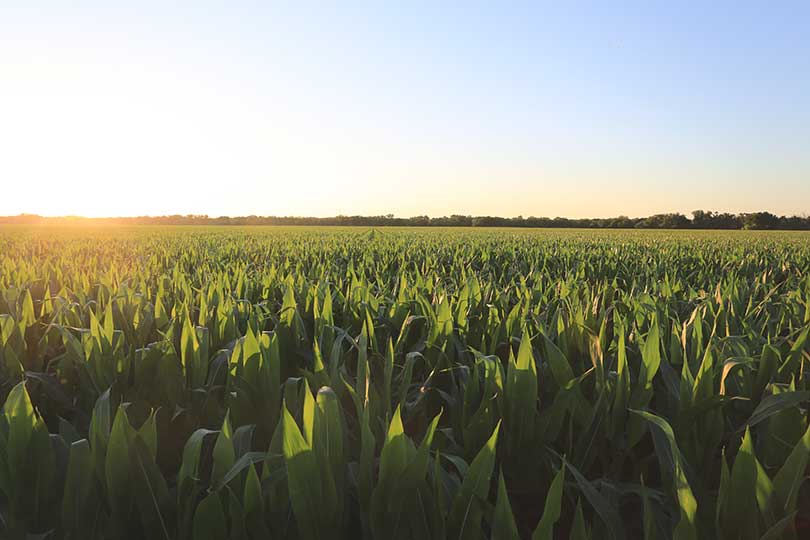By Emmy Powell
Communications Specialist
Researchers from the Texas A&M Natural Resources Institute (NRI) developed an overview of carbon markets specifically for natural resources professionals, landowners, farmers, ranchers and others involved in land management.
The 113-page report, Rangeland Carbon Markets, provides information on background, history processes and the function of carbon markets.
Carbon markets have the stated goal of mitigating climate change through the development, sale and purchase of carbon offset credits.
Questions regarding the implications for rangelands, how to understand current controversies around the carbon offsets and becoming a carbon market participant are addressed in the report.
“The information included in this document reflects key information needed to provide informed guidance and better understand the movements, challenges and controversies within these market systems,” Forrest Cobb, NRI project coordinator, said.
Voluntary carbon markets continue to grow and evolve.
A carbon credit most often represents a reduction of one metric ton of atmospheric carbon dioxide. These credits are assigned individual serial numbers to help with tracking and can be purchased by individuals or entities, such as corporations, to claim an offset for their carbon footprint.
In a voluntary carbon market, a farmer or rancher enters an agreement with a project developer to implement certain management practices that enhance carbon sequestration.
After the practices are implemented and all agreement requirements are met, the carbon sequestered or emissions avoided through the management practices are measured and then reviewed by a third-party verifier.
Those carbon credits are included in a registry, and the project developer can sell them to a purchaser, most often a corporate entity.
Companies, businesses and individuals seek to purchase the credits to mitigate their carbon footprint or the carbon dioxide emissions produced by various activities such as manufacturing or frequent use of large aircraft.
“Consumer demand and current U.S environmental policy are fueling an ever-growing number of carbon markets” Jay Bragg, Texas Farm Bureau associate director of Commodity and Regulatory Activities, said. “While the idea of storing carbon in trees, grasses or soils is not new, the level of sophistication and value of these markets is improving.”
Texas landowners, farmers, ranchers and forest owners are being contacted by entities hoping to broker deals for this fast-growing carbon credit market.
“Changes to production practices to store more carbon probably won’t make you rich, but in some situations, it may help supplement farm income and improve productivity,” Bragg said. “However, many of these carbon contracts come with strings attached. Before signing a carbon contract, farmers and ranchers should weight their options carefully.”
Understanding some of the basic concepts related to carbon contracts is an important starting place, and much of that information is outlined in the NRI report.
Click here to view the report.
Additional resources are available on Texas Farm Bureau’s climate resources webpage.

